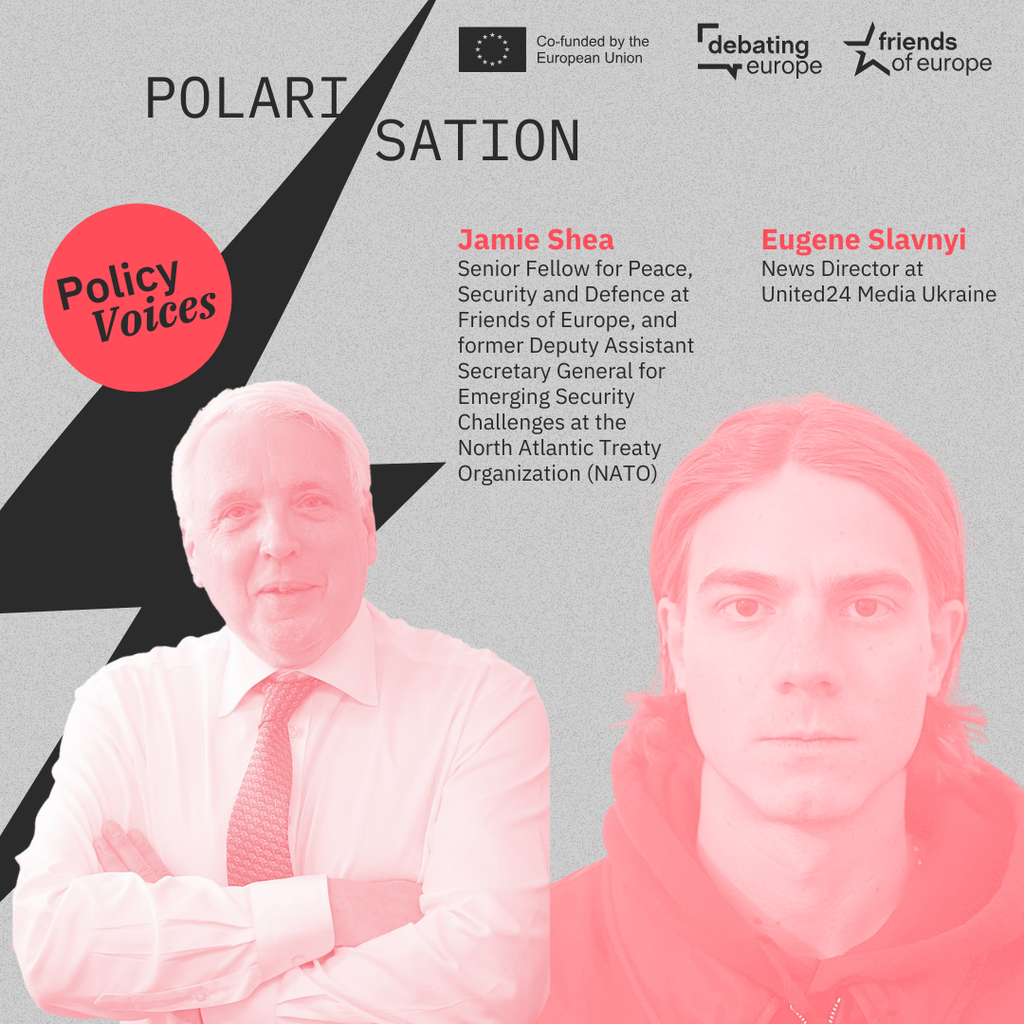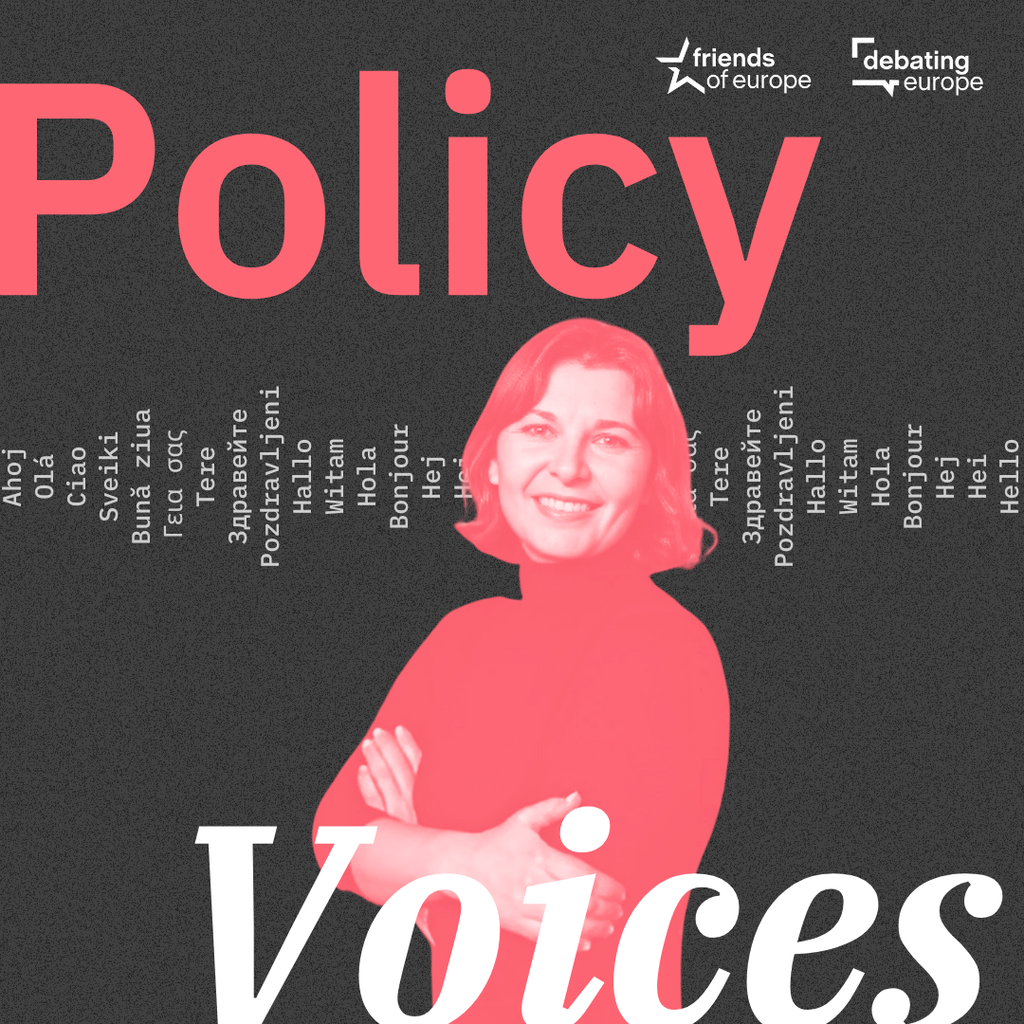From ambition to action: building Europe’s Defence Union
Past event In person

- Area of Expertise
- Peace, Security & Defence
Peace, Security & Defence

Founder and Executive Director of the Organisation for Policy Research and Development Studies (DROPS), Afghanistan
We often hear Afghans lament the misspending of development aid in Afghanistan: “So much money came during Karzai’s early years – some was spent on small projects, but what happened to the rest? If this money was used properly all of Afghanistan would have been fixed by now.”
The Asia Foundation’s annual Survey of the Afghan People showed that in 2016 only 29.3% of Afghans felt the country was moving in the right direction, the lowest level of optimism recorded since the survey started in 2004. Why, after 16 years of development efforts under the largest peace-building mission in the history of the United Nations, are Afghans voicing feelings of uncertainty, hopelessness and extreme cynicism about their future and that of their country?
According to the Asian Development Bank 39.1% of the population lives below the national poverty line, higher than any other country in central and west Asia. This is a dramatic increase from the recorded 36% in 2011-2012. Unemployment has also increased, jumping from 25% in 2015 to an astounding 40% in 2016. Youth unemployment in particular accounts for 46% of the total unemployed population. Annually an estimated 400,000 young people try to enter the labour market, but with no economic opportunities they either become labour migrants, pay traffickers to take them to Europe (causing a massive brain drain), or work in precarious jobs.
The international community prioritised security above development and used the latter as an instrument of stabilisation within a strictly security-oriented framework
Afghanistan continues to be ranked the third most corrupt country by Transparency International. Health indicators also remain below the average for low income countries, and the agriculture sector – the second largest contributor to the GDP – faces challenges due to shrinking cultivatable land, insecurity, poor market conditions, lack of technical support, farmers’ displacement and cheap food imports from neighbouring countries. Moreover, insecurity fuelled by insurgency-related attacks has also risen drastically causing districts, and at times entire provinces, to fall under Taliban control, with an alarming escalation in civilian casualties.
Why, despite receiving more than US$100bn in aid since 2001, are the challenges confronting Afghanistan far surpassing its achievements? The answer to this lies in the reconstruction framework adopted for Afghanistan back in 2001 where the assumption that peace and stability could only be achieved with a military victory was promoted by external actors. The international community’s belief that a military victory was a prerequisite for creating the environment needed to initiate development efforts was the flaw in thinking that has led to many of Afghanistan’s present day crises.
International engagement in Afghanistan has been gravely undermined by uncertainty not only over the extent of the military presence but also its intent: war, counter-terrorism, counter-insurgency, state-buildings or peace-building? Repeatedly since 2001, under the umbrella of state-building, the international community prioritised security above development and used the latter as an instrument of stabilisation within a strictly security-oriented framework.
What has ensued has been an integration of civilian-military agencies, where civilian assistance became inextricably linked with and guided by political and military objectives. This saw the International Security Assistance Force (ISAF) use development and reconstruction activities to undermine the Taliban and enhance the legitimacy of the Afghan government. This approach has not only been deeply counter-productive, it also hindered aid agency operations. The clearest example is that of the Provincial Reconstruction Teams (PRTs) that the international community created as an instrument of stabilisation in the country.
Provincial Reconstruction Teams (PRTs) have led to the intensification of the conflict, the establishment of bad governance, and inadequate short-term development projects
In 2001, American troops swiftly removed the Taliban, leaving leaders scrambling for cover and even agreeing to lay down arms and reintegrate into their communities. This was an opportunity to reconcile warring parties and proceed with a rigorous development agenda that would address local grievances, build governance and reduce poverty. Instead, the United States blindly pursued its ‘War on Terror’, focusing efforts on counter-terrorism under the rhetoric of state-building overseen by the UN Assistance Mission in Afghanistan (UNAMA). From 2001 to 2008, aid expenditure was less than ten per cent of what had been spent in post-war Bosnia and less than a quarter of that given to post-conflict East Timor. Most donor funding was channelled to support military activities instead of development programmes, and this was done through PRTs.
The first PRTs were created in 2003 and were US-led; responsibility was later transferred to different NATO contributing countries. PRTs were supposed to have significant civilian leadership but instead were comprised mostly of military personnel. So instead of addressing local grievances with long-term development planning, they were tasked with ‘quick impact projects’ (QIPs) that focused on the counter-insurgency doctrine of ‘winning hearts and minds.’ The absence of skills for development and the requisite planning and promotion of local ownership made QIPs unsustainable.
The structure, activities, funding and size of PRTs also varied across NATO partners, and the lack of coordination between them and also with aid agencies resulted in a lack of standard operating procedures, and no clear definition of what their activities should entail. For example, in 2006 the Lithuanian PRT in Ghor province spent approximately $462,000 on development projects while the Italian PRT in neighbouring Heart province spent $4.5m. In many instances the support PRTs intended for building governance translated into promoting the authority of local warlords and militia commanders.
Both the western humanitarian community and the Afghan government have raised criticisms of PRT operations. By 2011 former president Hamid Karzai had become extremely sceptical of PRT objectives and called for their closure upon the transfer of military responsibilities from US-led NATO forces to Afghan authorities by 2014. He argued they would not be needed: the Afghan state would take over military and reconstruction projects as per the ‘Afghan-led and Afghan-owned’ strategy.
In the Afghan context, PRTs have led to the intensification of the conflict, establishment of bad-governance, and inadequate short-term development projects.
Lodged within the broader stabilisation framework, the PRTs’ aim to militarise and politicise assistance by aligning aid with stabilisation objectives rather than addressing the needs of locals have widened the gap between the state and its citizens. It has created pools of young men vulnerable to insurgency recruitment, fuelled the narcotics industry, and prevented the creation of a strong legal economy. The grave challenges and uncertainties facing Afghans today are a direct consequence of the prioritisation of military over development objectives and serve as a strong lesson for future international interventions.
This article is from Friends of Europe’s discussion paper ‘Investing in People, Peace and Prosperity’, in which international experts in these fields consider how policymakers can address the security-development nexus to build peaceful and inclusive societies. This discussion paper complements the Friends of Europe Policy Insight debate ‘To achieve Agenda 2030, give peace a chance’, held as part of the 2017 European Development Days.
Past event In person

Next event

Past event Online

Past event Online





Stay informed
We use cookies and similar technologies to adjust your preferences, analyze traffic and measure the effectiveness of our campaigns. Learn more about our privacy policy.